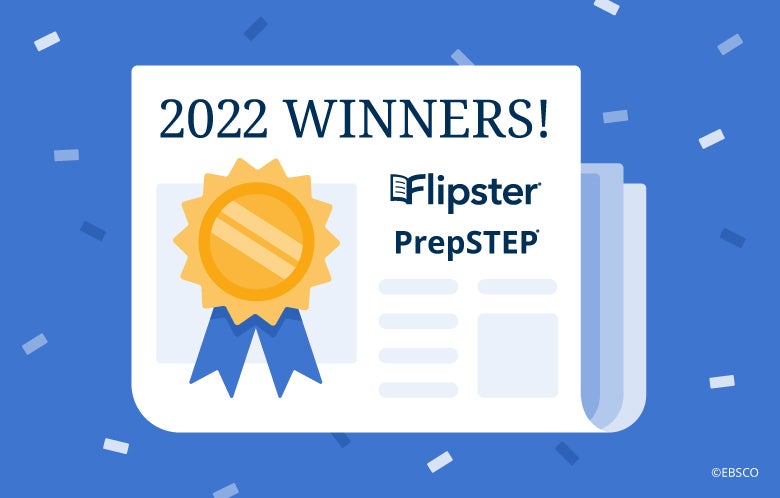According to recent studies on the gaming industry, the global video game market is worth almost $200 billion (USD), boasting earnings more than the music and the movie industry combined. Over the past decade, the industry has managed consistent growth, with sales gaining even more momentum by the effects of the COVID-19 pandemic (Williams, 2022). During this timeframe, many people looked to video games for a sense of community and virtual escape. Today, even as people re-adjust to the new normal that the pandemic has created, the industry has maintained its momentum and shows no signs of slowing down.
As the video game industry grows, so does the demand to fill the wide variety of game-related occupations. This has created a substantial surge of new video game-related studies, courses, and degrees.
Video game studies span several areas of focus and skill sets. These include multimedia art/animation, composing/music, game developing, writing, audio programming, game programming, game designing, and game producing. There are also several subsets of these focal areas that are becoming highly desired specializations.
Today, one of the most popular studies is game design, which has a vast selection of subsets for students to specialize in. This allows students plenty of flexibility to explore and find where their skill sets best align. A game designer is not confined to one specific career path; therefore, becoming a game designer can mean many things. Game designers can be lead designers, level designers, content designers, animators, writers, sound designers, system designers, technical designers, UI designers/usability experts, creative directors, etc. Because of the breadth and depth of career types provided by the video game design industry, there is certainly no shortage of careers available for designers of any level of experience. (“Job Prospects and Career Outlook for Video Game Designers,” 2020).
Although there isn’t one standard list of certifications every designer would be required to complete to work in the game design industry, students can pursue either an associate degree or a bachelor’s degree in game design. As mentioned before, this provides them with a plethora of options to refine their skills. To learn more about popular game design programs, schools and specialized courses, click here.
Game design career opportunities are not only determined by one’s educational experience but also by one’s ability to adapt in such a dynamic industry. Therefore, it is important for those seeking positions in game design to be passionate, dedicated, and driven to keep up with constant changes and enhancements in technology, vision and procedures. Becoming well versed in different areas of game design and staying current on industry developments is crucial for aspiring and novice designers to communicate their ideas properly, collaborate with their teams and instill the mindset and values of a successful game designer.
Libraries are perfectly poised to assist students and faculty with educational materials that support students that are currently studying video game design or have yet to discover their path. This is evident, for one, in the collection development process. As librarians curate bodies of content specific to video game design majors, they must seek out educational materials that cover the spectrum of game design. This means it focuses on the creative side of the work as much as the technical side. Being that the industry of game design is inherently subject to consistent change and new advancements, librarians also should provide content that is not only reliable and current but also explores up-and-coming innovations and ideas in game design, providing a well-rounded series of content that will properly educate the students, as well as the faculty. A complete and extensive collection of game design-related materials covers information and skills across the industry so that students can understand the connections between the roles and responsibilities of different types of designers. This provides a clear understanding of what their career options are and allows them to understand their own role in the industry better.
Understandably, this is a lot to keep tabs on for anyone. This is why the most seasoned librarians can attest to the power of combining forces and confiding in the input and recommendations from fellow expert librarians. This intel not only makes life easier but also is the most effective way to find the best resources while considering all these factors, especially for newer and emerging studies like game design.
Popular Digital Resources to Support Video Game Studies
Since video gaming is such as visual activity, it only makes sense to support video game studies with a highly visual medium. Digital magazines fit this need perfectly. They offer a blend of visual and technical information to support the new generation of talented game designers and promote strategic thinking for creative and curious minds. Flipster digital magazines are a great way to offer students, faculty and library patrons consistent and timely information from highly reliable sources on a platform accessible to all from any device.
See below for some of the top Flipster design and game industry-related digital magazines known by gamers and designers worldwide.
Flipster Digital Magazine Titles:
- 3D World
- Animation
- Mac Life
- Maximum PC
- MIT Technology Review
- PC Gamer
- PC Gamer (US Edition)
- ReNew
- Retro Gamer
- Sound + Image
- Sound & Vision
Libraries can subscribe to any of the above magazines via Flipster, the EBSCO digital magazine newsstand. Flipster is an award-winning digital magazine platform that delivers remote access to magazines from virtually any browser. Users can quickly download magazines using the enhanced Flipster iOS and Android apps.
Request a free trial of Flipster and choose from more than 1,300 digital magazines or add to your existing collection using EBSCOhost Collection Manager (ECM).
In addition to digital magazines, e-books are also a great option to support academic curriculums and future video design majors. The EBSCO team of collection development libraians have curated a collection dedicated to this topic and it can be acquired as a complete collection or title-by-title. See titles and order using ECM.
Adults/College Students:
- The Art of Game Design: A Book of Lenses (Publisher: CRC Press)
- Becoming a Video Game Designer (Publisher: Simon & Schuster)
- Elements of Game Design (Publisher: MIT Press)
- The Foley Grail: The Art of Performing Sound for Film, Games, and Animation (Publisher: Routledge)
- Quests: Design, Theory, and History in Games and Narratives (Publisher: CRC Press)
Young Adult:
- Jobs If You Like Video Games (Publisher: ReferencePoint Press)
- Gamer Girls: 25 Women Who Built the Video Game Industry (Publisher: Running Press)
Juvenile:
- Video Games: A Graphic History (Publisher: Lerner Publishing Group)
- Scratch 3 Programming Playground: Learn to Program by Making Cool Games (Publisher: No Starch Press)
- High Score: The Players and People Behind the Games (Publisher: Rourke Publishing)
Build your ideal e-book collection by choosing from more than 2.4 million e-book titles from top publishers and university presses with EBSCO eBooks. Our team of librarians curate collections that meet your quality standards while saving you time. Learn more about EBSCO eBooks by viewing our interactive e-brochure.



